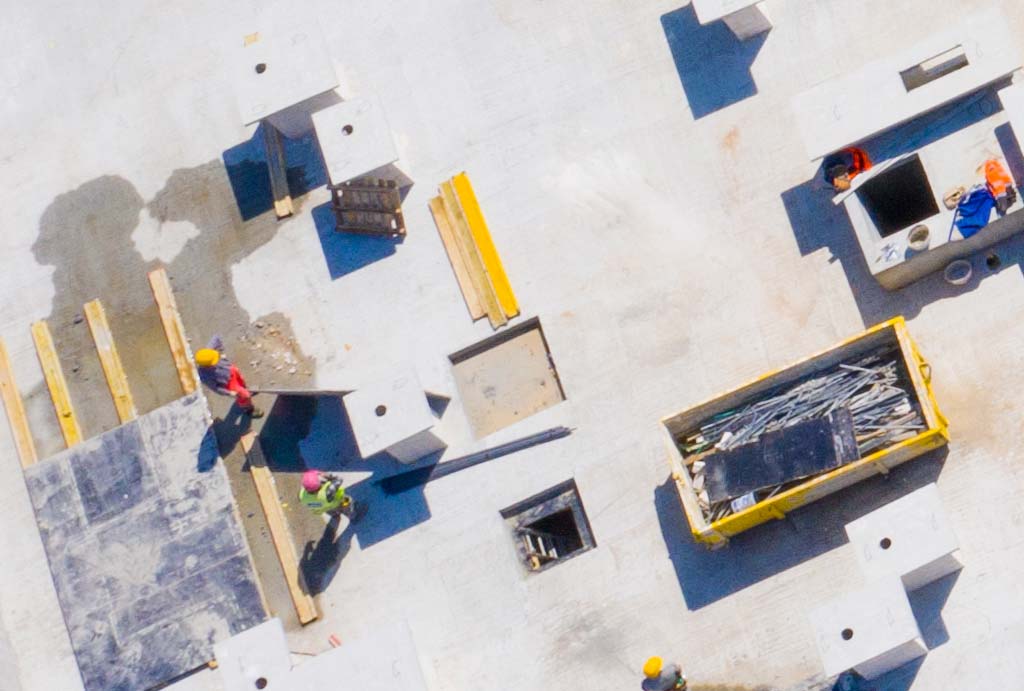All roofs require regular maintenance and upkeep to help prevent serious damage and expensive repair costs. While you can certainly check on your own roof from time to time, it’s also a great idea to hire some professionals for inspections and repairs. Let’s go through how to maintain your commercial flat roof through maintenance.
Check for Any Damage
Even before you call your contractor or roofing company, you can perform your own basic check and inspection. This is much easier and better if you have easy access to your roof. Checks like this will pay off in the future, particularly when you can avert disasters from happening.
Pitched roofs have slopes to help debris fall over, but flat roofs do not enjoy this privilege. As a result, they tend to allow leaves, branches, and other objects to accumulate. It can even lead to moisture retention, which is much worse.
Even if your area is dry, having a lot of debris can lead to plant growth. The combined weight of accumulated debris can even cause your roof to collapse. You wouldn’t want to not only lose the roof, but also anything inside your building.
Stay on the Lookout for Moisture
If you live in a humid area, then moisture accumulation is a problem. This can further place a lot of stress on your roof, and plants grow even faster. The moisture even promotes moss and mold growth, the latter being a possible health hazard.
You can drain moisture away with the help of gutters and other drainage systems, but flat roofs tend to retain water more. This is compounded especially when debris creates dents and spots that water can pool in. You’ll have to check and make sure the drainage system isn’t clogged as well.
Buildings located in areas that snow are at risk of stress, as well. Flat roofs allow for snow to pile up, and it can overload the drainage. If you can remove the snow, then you should try to do so safely.
Be a Branch Manager
Should your building be located around tall trees, you can take steps to remove the longest and heaviest branches. This reduces the risk of branches falling on your roof. While you can do this on your own, it’s better to involve a professional.
Other than the obvious parts such as the drainage system, you should also check everything you can. Sometimes the damage is subtle, and you can only detect it up close. Finding it early allows you to prevent it from becoming too serious.
On commercial flat roofs, there are accessories attached, such as A/C units, vents, and more. These are potential leaks and weak points. Make sure they are securely attached and clean.
The seams found in your flat roof should be watertight, as they can leak if neglected.
Metal flashings are another part of commercial flat roofs that protect them from leaking. They join two areas of the roof together but if you neglect them it’s possible a small seam can develop.
Create a Maintenance Plan
While preventative maintenance is great and can detect issues, you might not be qualified to repair a roof on your own or make an inspection. This is when a professional roofing company comes into the picture. By paying for a roof maintenance plan, your roof will receive the attention it needs to stay intact.
A maintenance plan not only ensures that your roof is safe to work under, but also keeps it in shape for any warranties. Some warranties are voided when a roof leaks, so plugging a leak quickly can allow you to keep it. Of course, this depends on the nature of the warranty your roof comes with.
In the long term, you can save a lot of money with a maintenance plan. A premium plan can cover severe damage very well, and minor damage is covered completely. Combine this with your warranty and you effectively pay almost nothing for small repairs.
A good maintenance plan will involve inspections first. This allows the contractors to formulate the right strategy for repairs and get an overall picture of the roof. By identifying all problems, they can all start on the preparation.
Even if there is no damage, the plan will allow the contractors and roofers to clean up any debris on the rooftop or in the drainage system. Cleaning up will lessen the stress your roof is undergoing and keep anyone using the building safe.
In the event there is a lot of damage due to disaster, contractors are qualified to clean up any serious messes and repair your roof. These are unpreventable for the most part, but a plan does help reduce costs, especially when combined with a warranty.
Should I get a Maintenance Plan for my Commercial Flat Roof?
Yes, you should. Not only are commercial flat roofs harder to repair than home roofs, but a plan is overall a better idea. This is especially the case when you work with the same manufacturer and contractors for a long time.
By cultivating a long-term working relationship with both the flat roof’s manufacturer and the contractors who installed it, there are a few advantages. You have access to warranties for a long time, sometimes more than 30 years. When the manufacturer comes for its regular inspection, the roofer will know what to look for.
Working with the same contractor for a long time yields similar benefits. A good contractor will remember your roof’s maintenance history and the roof’s particular characteristics. This speeds up the inspection and repair processes.
As mentioned above, a plan will always work out in the long term. Without a plan, an accident can cost you many thousands of dollars of repair fees.
Cover Your Home with Routine Maintenance
These are the best ways for maintaining your commercial flat roof. Other than your own checks, it’s better to hire a professional roofing company to help you inspect and fix any damages. This way, you can prevent a huge loss of money in the long run and help keep your building safe.

